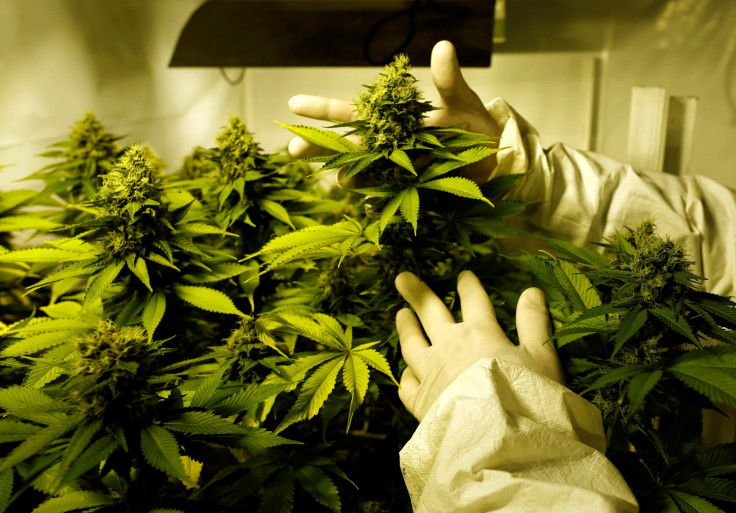Smoking Marijuana Can Reduce Risk Of Stroke, Study Finds

Smoking marijuana can reduce the risk of a stroke to a large extent, a new study has found. The findings of the study have been published in the journal, "Neuropsychopharmacology."
Although the use of marijuana is legal for medical purposes in 29 states of the country, 21 states including Alabama, Georgia, Idaho, Indiana, Iowa, and Kansas do not allow the use of the drug. In the states where marijuana use is legal, strains of the drug are prescribed to cure chronic pain, anxiety, and epilepsy.
A number of experts have warned of the side-effects of marijuana. However, a new study conducted by the University of Texas at Dallas has found cannabis can improve a person’s health by enhancing the blood and oxygen flow, thus reducing the risk of blood clots and the possibility of a stroke.
The study conducted by Dr. Francesca Filbey and her team claims the "primary psychoactive ingredient present in cannabis —tetrahydrocannabinol (THC) — relaxes arterial walls resulting in lower blood pressure and increased blood flow to tissues.”
THC is a natural element that is found in a marijuana plant. It is also found in recreational marijuana. According to the science news website, Live Science, THC is the chemical that is responsible for the psychological effects caused by marijuana consumption. It can “induce hallucinations, change thinking and cause delusions. On an average, the effects last about two hours, and kick in 10 to 30 minutes after ingestion," an article published by the website reads.
However, depending on its use, THC can have positive effects too. It can be extracted from marijuana and used in dronabinol, a drug approved by the Food and Drug Administration. According to the U.S. National Library of Medicine, Dronabinol is used to treat or prevent nausea and vomiting associated with cancer medicines and to increase the appetite of people suffering from AIDS.
In a press statement published Monday by the University of Texas, Dr. Francesca Filbey, the lead author of the study and the director of Cognitive Neuroscience Research in Addictive Disorders at the Center for BrainHealth at the varsity, said: “Past marijuana research has shown changes in cognitive functions such as memory and executive functioning. Our study seeks to understand the possible neurophysiological mechanisms that may drive these cognitive changes.”
Dr. Filbey and her team examined a total of 175 participants —74 drug users and 101 non-users for a period of 60 days. However, during the course of the study, the participants were refrained from taking drugs 72 hours prior to the examination.
All the marijuana users selected for the study had a history of drug usage — they had consumed marijuana at least 5,000 times in their lifetime. The researchers also obtained written consent from all the participants in accordance with the policies of the institutional review board (IRB) and the University of Texas at Dallas. IRB, an independent committee, has been formally designated to approve, monitor, and review biomedical and behavioral research in the United States.
During the study, all the participants underwent magnetic resonance imaging (MRI), a test that uses a magnetic field and pulses of radio wave energy to make pictures of organs and structures inside the body. Also, the study analyzed the participants’ THC metabolite levels using urinalysis, “a test used to detect and manage a wide range of disorders, such as urinary tract infections, kidney disease, and diabetes," according to Mayo Clinic, a research group based out of Minnesota.
The researchers found that those who took marijuana on a regular basis had greater global oxygen extraction fraction (OEF) and cerebral metabolic rate of oxygen (CMRO2) as compared to the non-users. The study also showed that the cerebral blood flow (CBF) in the putamen — a round structure located at the base of the forebrain that is linked to learning — was much more in marijuana users than non-users.
“Currently, cannabis is the most widely used illicit drug [in the U.S.]. As it becomes more widely legalized, understanding neurophysiological alterations and its effects on the brain's health and performance are becoming increasingly relevant.” Dr. Filbey said.
© Copyright IBTimes 2024. All rights reserved.





















